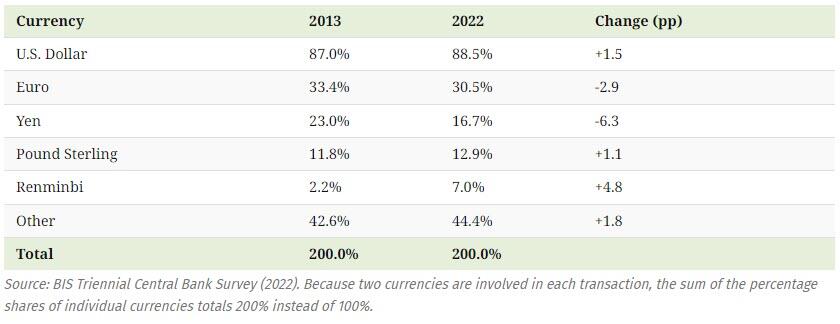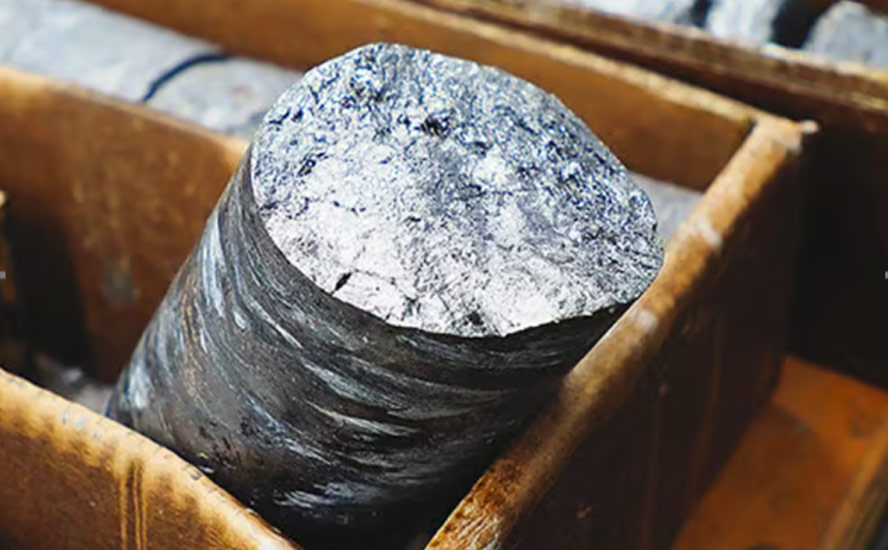How Investors Are Capitalizing on AI’s Insatiable Appetite for Energy
- AI data centers' rising electricity demand prompts investors to buy power utility stocks, anticipating generational demand growth.
- Power utilities stand to benefit from the AI boom as they secure reliable electricity for consumers amid increasing demand.
- Utility stocks offer relatively cheap exposure to the AI revolution, making them attractive to investors seeking diversification.
Microsoft has also seen a massive increase in its electricity consumption—it has doubled since 2020, driven by Big Tech’s AI race. Its emissions, like Google’s, also rose substantially, by 42%. But investors are watching the consumption trend and buying power utility stock. Those may be the next market darlings.
Inflows into utility funds in the United States are on the rise, adding $1.7 billion over just the two months of May and June this year, the Financial Times reported this month, citing Morningstar data. This was the highest amount of new inflows into utility funds in almost two years, the report noted. July could see fresh additions of $1.1 billion into the segment, the FT cited State Street as predicting. Utilities are hot.
Per Morningstar data again, many utility funds return double digits over a year, ranging from around 10% to over 20% for a few particularly strong performers. For context, ESG funds, for instance, are almost all the single-digit return territory, with one recently even slipping into a loss. Top Big Tech funds, on the other hand, are returning around 20% and more. Electricity is hot.
It’s also about to get hotter because no Big Tech major has signaled intentions to change their plans for artificial intelligence, which essentially comes down to a single word: growth at all costs, emissions and all. And this means that the predictions about electricity demand surging are most likely going to come true.
Back in May, Goldman Sachs forecasted that AI would drive a 160% increase in electricity demand from data centers. “At present, data centers worldwide consume 1-2% of overall power, but this percentage will likely rise to 3-4% by the end of the decade,” the bank’s analysts said. “In the US and Europe, this increased demand will help drive the kind of electricity growth that hasn’t been seen in a generation.”
No wonder investors are flocking to power utilities since those would be at the forefront of that generational demand surge. Google and Microsoft alone are already consuming more electricity than 100 countries, and not all small ones, at that. Their combined total was 48 TWh, or 24 TWh each. Both are promising to source more of those terawatt-hours from wind and solar sources, but both are failing because of the nature of wind and solar. However, utilities, whose job is to secure reliable electricity to consumers large and small, regardless of source, are thriving on the stock market.
Buying utility stocks is also a way to gain relatively cheap exposure to the whole artificial intelligence boom, according to the FT report. “Investors are looking past the Mag 7 names and waiting for the next shoe to drop,” BlackRock’s head of thematic and active ETFs, Jay Jacobs, told the publication. Indeed, Magnificent 7 stocks are expensive because the whole AI hype is already built into them, while power utilities, which are the one factor that is turning the hype into an actual revolution, are still cheap.
The change that is beginning to take shape in the electricity sector is indeed significant. As Goldman Sachs pointed out in its May report on AI and power demand, this demand in the United States has been flat for years. That’s despite a growing population and growing consumption of electricity. The reason for the flat growth: efficiencies.
These efficiencies, however, have limits, and with AI, they seem to have reached these limits, at least for the time being. AI computing simply needs a lot more energy than plain computing, plain and simple. This power has to come from somewhere and the companies that take care of that are the power utilities. It is the simplest equation for investors.
There are drawbacks, of course, and the biggest is that utilities would need to pour significant sums of money into grid upgrades to ensure supply meets demand. Total investments could come in at $50 billion as estimated by Goldman Sachs. The Biden admin has allocated $65 billion for grid upgrades and expansion, but these have yet to start pouring into grid operators’ bank accounts—and the upgrades and expansion will take time, a lot of time.
The way things stand, the balance between demand for electricity, driven higher by AI data centers, and supply, getting increasingly unreliable as more wind and solar join the grid, is going to be precarious for the observable future. Electricity is going to get more expensive, as already suggested by PJM’s latest power auction, which saw prices 800% higher than last year’s edition. The company’s CEO noted that this confirmed a tightening supply/demand balance. But what it also confirmed is that the rush into power utility stocks may be just beginning.
By Irina Slav for Oilprice.com
Startup brings fresh approach to US nuclear deployment
02 August 2024
The Nuclear Company aims to redefine how large-scale nuclear infrastructure projects are delivered in the USA using proven, licensed technology in a fleet-scale model - and is taking to the road in a campaign bus to build support for its vision.
.jpg?ext=.jpg) The Nuclear Frontier bus arrived in Knoxville, Tennessee on 30 July (Image: The Nuclear Company/X)
The Nuclear Frontier bus arrived in Knoxville, Tennessee on 30 July (Image: The Nuclear Company/X)
The company, which emerged from "stealth mode" in July, says its mission is "to address surging energy demand driven by AI (artificial intelligence) data computing, onshoring manufacturing, and the electrification of everything." Global electricity demand is projected to increase nearly 30% by 2030, and nuclear can provide the reliable, around-the-clock, zero-carbon power required to meet it. But the biggest challenge facing the industry is that one-off nuclear projects almost always are over budget and behind schedule, the company said.
The Nuclear Company's fleet-scale model combines using proven, licensed technology and a design-once, build-many approach, developing coalitions across communities, regulators and financial stakeholders to catalyse rapid development. It will do this by developing standardised processes and scheduling in order to sequence work and minimise delays, including moving construction expertise from one site to the next immediately to improve efficiency.
"The Nuclear Company is working towards solving America's surging energy demand by redefining how large-scale, nuclear infrastructure projects are delivered," said Chief Development Officer Juliann Edwards. "We recognise the challenges facing our industry, where one-off nuclear projects historically go over budget and run behind schedule. Our unique approach integrates proven technology with unparalleled collaboration among diverse organisations, ensuring that fleet-scale projects are executed on-time and on-budget. The time is now given a sea change in public opinion that’s overwhelmingly supportive of nuclear power, recent bipartisan legislative action, and our business model that drives down upfront costs."
Early investors in the company include investment firm CIV, True Ventures, Wonder Ventures, Goldcrest Capital, and MCJ Collective.
Nulcear Frontier
The Nuclear Frontier bus tour began on 23 July in Pittsburgh at the annual conference held by US Women in Nuclear - Edwards is chair of the organisation. With stops in six states and Washington DC, the tour aims to engage with government and industry leaders, as well as skilled tradespeople who will rebuild America’s nuclear leadership. "The Nuclear Company’s consortium of utilities and independent power producers, hyperscalers, nuclear technology suppliers, and private equity help mitigate risk and make nuclear power an attractive investment," the company said.
Joe Klecha has recently been announced as the company's chief nuclear officer.
Researched and written by World Nuclear News













